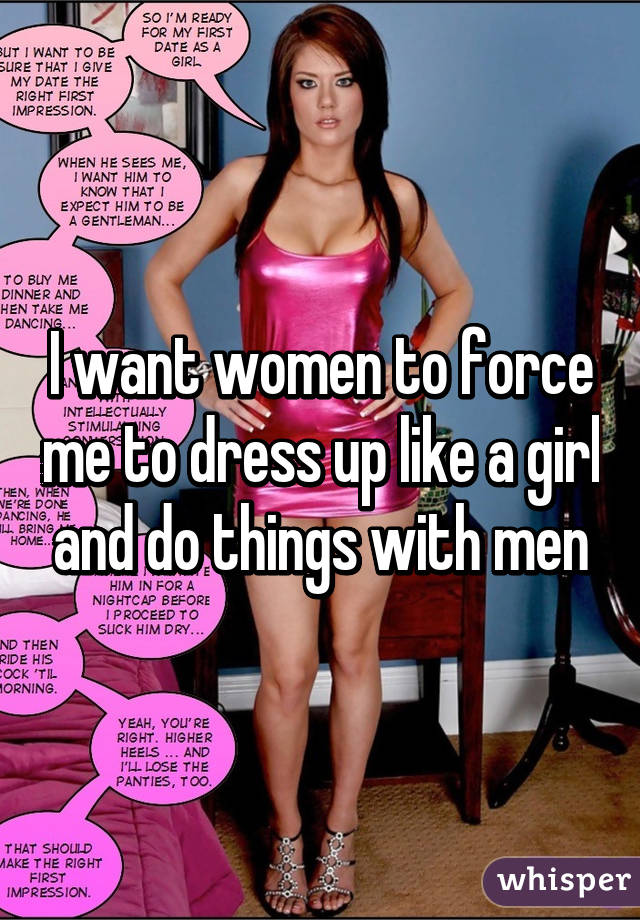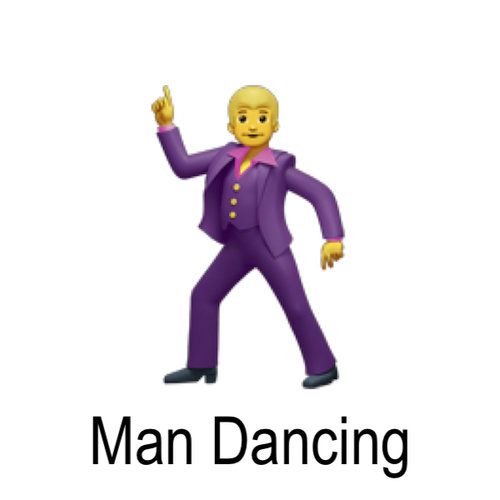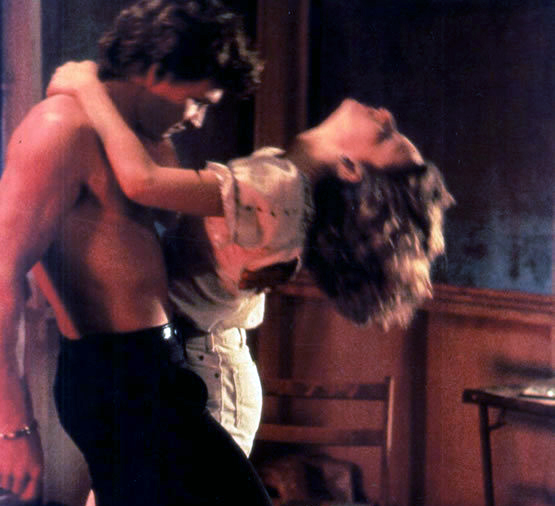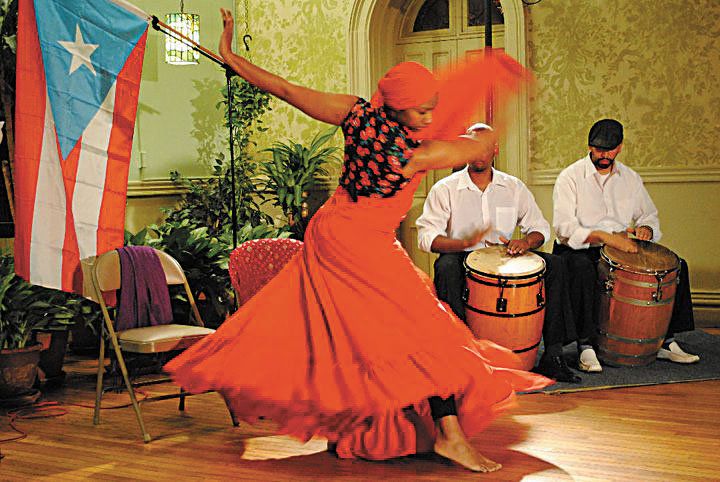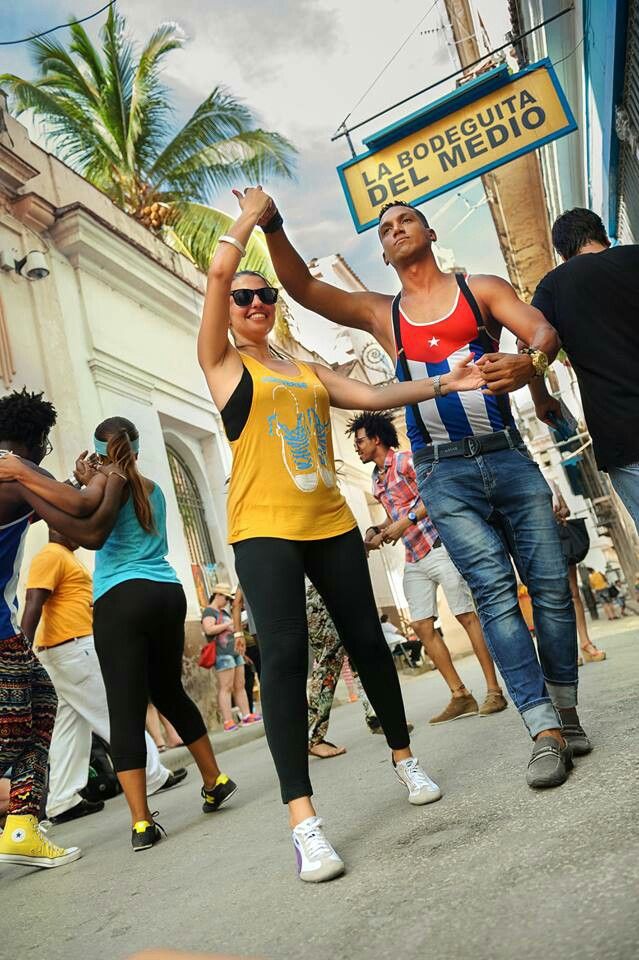How to modern dance
Modern Dance History, Movements, Styles, Dancers & Competitions
Introduction to Modern Dance
Modern dance has many flavors. There are stark differences in the choreography of Ruth St. Denis and Ted Shawn, who formed "Denishawn", in dances like "Americaine" or "Radha" and today's Pilobilus, "Symbiosis," or the Swiss dance group, Mummenschanz, whose ultra-dramatic choreography is set to modern dance movements. Compare this to the style of modern dance in the film "Holiday Inn". Note the sequence where Danny Kaye performs a modern dance routine entitled, "Choreography," a kind of spoof on the contrast between modern dance, jazz and tap dance. The movements in "Choreography" are deliberately exaggerated to show the purpose of modern dance steps and movements.
History of Modern Dance
Modern dancers still rely on many ballet steps as part of their choreographed modern dance routines. Modern dance is deeply embedded in ballet syllabus. Historically, modern dance began as free form style lyrical ballet among a community of professional ballet dancers who refused to stop dancing. Isadora Duncan and Ruth St. Denis promoted modern dance as a way of continuing their dance careers, according to their biographies. The first modern dances choreographed required no dancing en pointe or rigid adherence to ballet movement.
A historical study of modern dance makes evident three phases of this dance style:
- The early period from 1880 to 1923
- The middle period from 1923 to 1946
- The late modern dance period from 1946 to the present
Basic Movements of Modern Dance
Basic movements in modern dance are fluidly free style. The ballet step, arabesque, in modern dance is often performed with oblique angles of the body and in turns.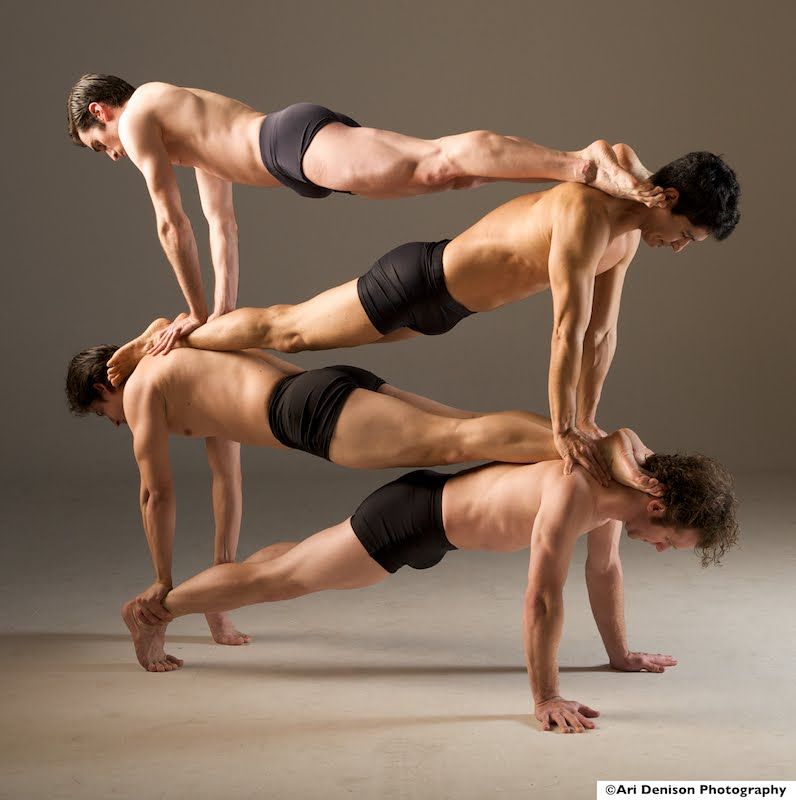 Other ballet steps like chasse, pas de bourree and port de bra of the arms are similar ballet movements used in modern dance choreography. Certain modern dance steps are performed on half pointe in bare feet or in modern dance sandals for stage performances.
Other ballet steps like chasse, pas de bourree and port de bra of the arms are similar ballet movements used in modern dance choreography. Certain modern dance steps are performed on half pointe in bare feet or in modern dance sandals for stage performances.
Modern dance may include chaine tour (chain turns), glissade (gliding steps) that predicate jetes (jumps) and tour de basque (leaps) and front-to-back and side-to-side steps, like the ballet step "chasse". In groups, modern dance choreography often includes geometric shapes like triangular, rectangular and circular shapes using from dancers' bodies. The use of geometric shapes in modern dance helps the audience to "see" the theme and subject of each modern dance routine.
Today, modern dance is often confused with "jazz dance", a dissimilar dance form that also relies on basic ballet movement.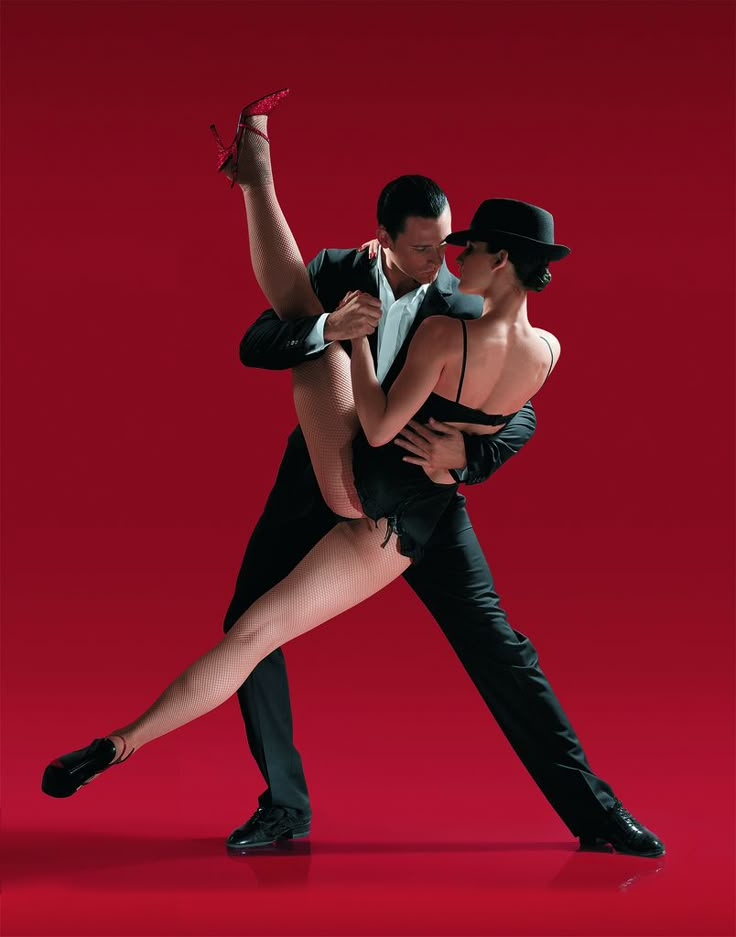 It is performed to faster tempos in contemporary music.
It is performed to faster tempos in contemporary music.
The difference between modern dance and jazz is that modern dance choreography is performed with a theme in mind. Jazz dance is free form and employs a variety of sharp turns, hops, jumps, leaps and jazz walks set to an upbeat style of music. In modern dance, these movements are softer and more fluid.
Popular Styles
Modern dance from 1990 to the present has taken a very different approach. Some choreographers and dancers include in modern dance styles hip hop, lyrical, free style and fusion, a combination of dance forms like tap, jazz, modern and ballet.
Since modern dance is usually performed in themed choreographic sequences, it projects a message. Choreography of hip hop, fusion and free style dance tends to be improvisational and without specific themes. Lyrical dance may have a choreographed theme. It leans more toward interpretative dance. Todays modern dance choreography may or may not be interpretative.
It leans more toward interpretative dance. Todays modern dance choreography may or may not be interpretative.
Famous Dancers
Isadora Duncan is considered the First Lady of Modern Dance. Ruth St. Denis and Ted Shawn, Hanya Holm and Doris Humphrey are earlier famous modern dancers.
In the US, Martha Graham is revered and honored for her modern dance technique. Among the most famous modern dancers is the statuesque Judith Jamison, whose style is a virtual testament to fluidity, grace and stature in dance.
Other famous dancers include Bela Lewitzky, Lester Horton, Twyla Tarp, Jerome Robbins, Paul Horton, Daniel Nagrin, Pearl Primus and Erick Hawkins.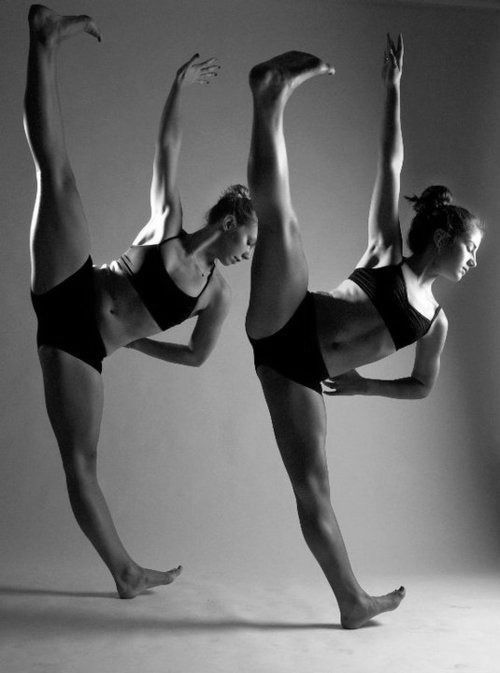
Twyla Tarp is an actress/dancer/choreographer who is a legend in contemporary modern dance. Others include David Winters, Eliot Feld and Jaime Rogers. Jazz/modern dance choreographers include Bob Fosse, Gus Giordano and Luigi.
Current Trends
Current trends in modern dance focus less on interpretation and more on acrobatic and aerial movements in groups and with partners. Articulating crossover dance styles by adding words, drama and illusion are the most current trends.
Competitions USA / International
Modern dance competitions are a relatively new addition to the dance world. In the past, competitions were limited to established dance organizations and dance schools. Today, dance competitions are found in the US and internationally.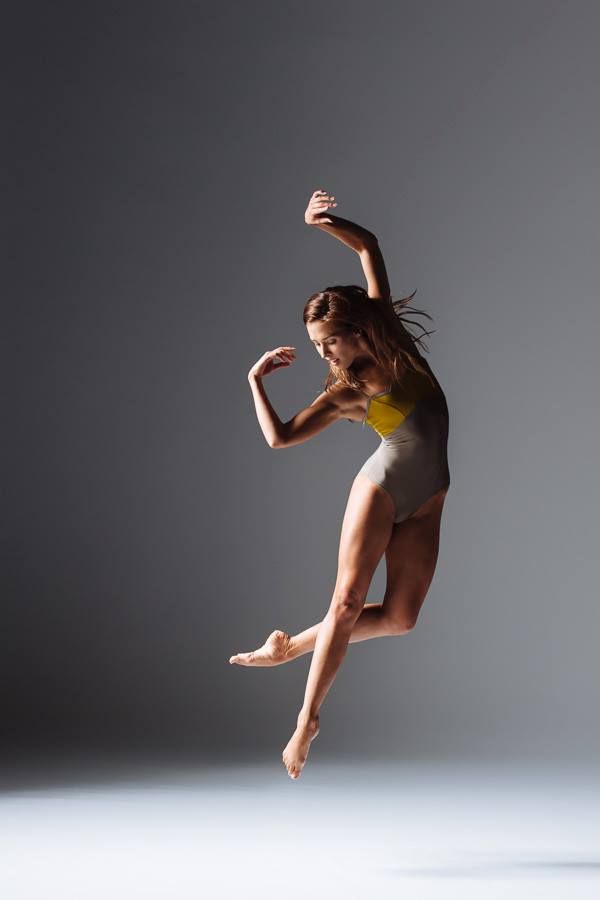 These include, The Macedonia Open, The USA "Turn it Up" dance competition and annual Korean International Modern Dance competitions.
These include, The Macedonia Open, The USA "Turn it Up" dance competition and annual Korean International Modern Dance competitions.
Contemporary Dance for Beginners: Dance Tips & Tricks
You’ve got a playlist packed with songs that fill you with feeling...
You’ve watched a million Contemporary dance performances on YouTube...
You’ve dreamed about expressing yourself to music and telling stories through movement...
But, you don’t know how to start learning Contemporary dance as a total beginner.
Don’t worry – we’re here to help!
Follow this guide to kickstart your Contemporary dance journey with all the right knowledge.
What is Contemporary Dance?Contemporary dance is all about self-expression, storytelling, and freedom.
It pulls from traditional dance styles like Ballet & Jazz, but breaks away from the strict techniques and movements that make those styles so recognizable.
When watching a Contemporary routine (or phrase), you’ll catch many of the moves executed in more traditional styles, in addition to acrobatics, martial arts, movements pulled from yoga, and plenty of experimental movements that reflect the feelings of the dancer.
Wondering if Contemporary dance is for you?
If you’re looking for a style that allows you to connect with yourself physically and artistically, you’ve come to the right place!
As you adopt the mindset of a Contemporary dancer, you’ll learn how to communicate your emotions by moving every inch of your body with nuance and intention.
You’ll also improve your ability to create clean lines and aesthetically pleasing shapes as you dance.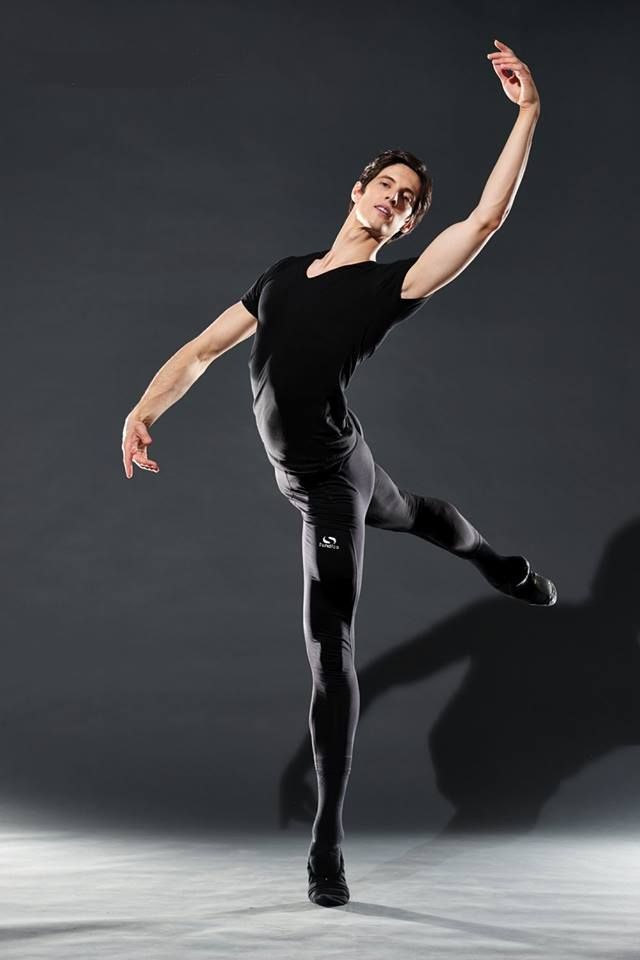
And if you’re more familiar with other styles like Hip Hop, Popping, or House, adding Contemporary to your repertoire will strengthen your musicality skills.
You’ll learn how to think outside of the box, create pictures you’ve never tried before, and engage muscles you never knew you had.
All that sound good to you?
Start learning Contemporary dance at home with STEEZY’s “Intro to Contemporary” program for beginners!
1. What to wear
Since Contemporary dance requires a wide range of motion, wear clothes that won’t restrict your movement.
Loose tops, pants, or shorts that are breezy enough to sweat in will work best.
You can dance in bare feet to feel fully connected to the floor, but wear socks if you intend to dance on rougher carpeted surfaces or do a lot of gliding around on the floor.
2. How to prep your dance space
If you’re taking a Contemporary dance class at home, clear 6ft by 6ft of space to dance in and get rid of any sharp edges nearby.
This will allow you to jump, turn, and move without bumping a shin on that pesky coffee table or tripping over an awkward rug.
3. How to prep your body
In order to move with both fluidity and power, Contemporary dancers need to develop a strong core and stable lower body.
In addition to taking your regular dance classes, find 10-15 minutes each day to strengthen your back, abs, and legs.
Holding planks, doing crunches, and balancing on one foot for as long as you can (bonus if you stand on the balls of your feet), will help you get stronger!
You can also spend 10-15 minutes doing gentle yoga routines and stretching exercises to increase your flexibility and range of motion.
Lastly, on class days, don’t forget to warm your body up before dancing!
If your instructor does not include a warmup in their class, take 5-10 minutes to do light cardio and stretching beforehand.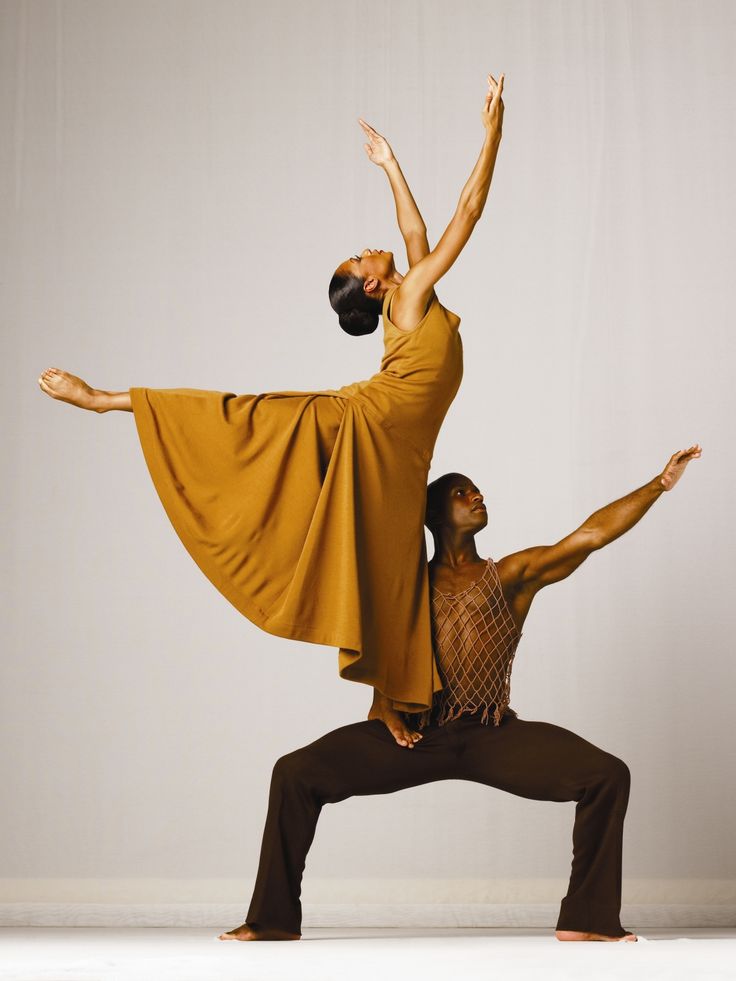
Your first Contemporary classes should thoroughly cover basic techniques, encourage exploration, and help you start building your artistic foundation.
Look for classes that not only teach common moves like Chassés and Ball Changes, but also explain different ways to execute those moves to create different visual effects.
The same move can evoke a totally different emotion when it’s executed crazy quickly versus painfullyyyy sloowwwwlyyyy. (More on that later!)
If possible, chat with your potential instructors before signing up for their class, and ask about how they teach.
Skilled Contemporary instructors will help you explore how your body moves specifically, and push you to move in unexpected ways.
Expect the class to feel more interactive than a typical dance class where you’re quietly copying the instructor.
You might be asked a lot of questions to help you think through your intentions, and spend some time freestyling or improvising.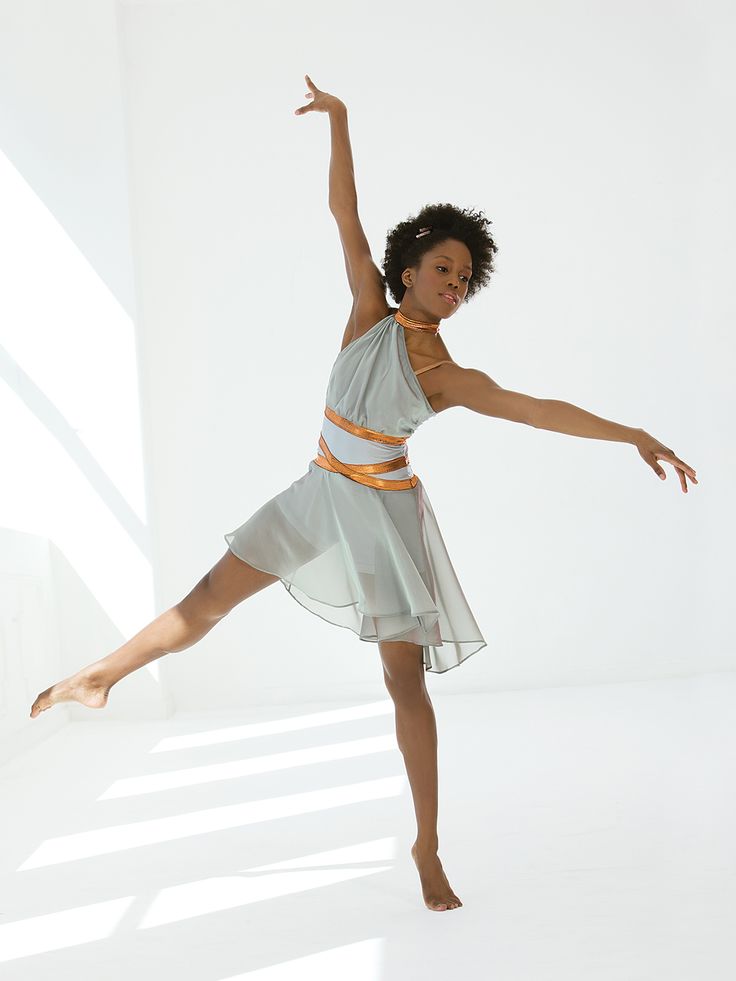
This is why we included an open-ended exercise on each day of STEEZY’s “Intro to Contemporary” program – the class experience should be immersive and personal, just like your actual dancing.
1. Build body awareness
Before you can start learning to dance with emotional intensity and grace, you have to understand how your body moves and build up the connection between your brain and muscles.
In addition to improving your flexibility, you can use stretch exercises to get in tune with your body.
For example, try slowly lowering your chest down to the floor and back up, moving one vertebrae at a time, to explore what it feels like to activate each back muscle.
For a more creative exercise, follow along with this body awareness video, where you’ll explore moving points on your body along an imaginary grid.
As you do these exercises, focus on only moving one body part at a time, while keeping the rest of your body completely still –– this will make it easier to build muscle memory!
2. Understand eye contact & chin lines
Contemporary dancers don’t just tell stories with their bodies –– they make full use of their faces too!
The direction in which you focus your eyes and chin as you dance will add emotional context to each move.
Look at the images below, and ask yourself, “what does this expression tell me?”
Notice how her expression goes from arrogant to flirtatious, with just subtle changes in her chin angle and eyes?
Practice different angles in the mirror yourself, and make use of those expressions when you dance.
3. Explore different movement qualities
There are several different schools of thought when it comes to defining how Contemporary dancers can move.
In STEEZY Studio’s “Intro to Contemporary” program, we use Laban effort qualities, because they’re straightforward and easy for beginners to understand.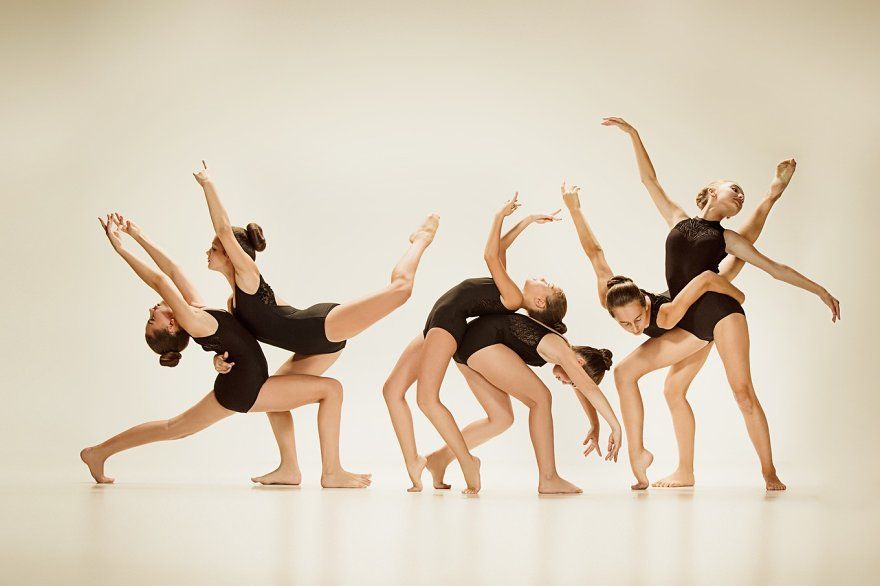
Here’s a quick rundown of the Laban effort qualities:
Flow: Whether you move with a sense of freedom or resistance.
Time: Whether you move suddenly or slowly.
Weight: Whether your movements look heavy or light.
Space: Whether you move directly or indirectly from one place to another.
Mastering each quality of movement will expand your toolbelt as a Contemporary dancer.
4. Practice safe movements
You know how certain movements look/feel super complicated at first? (Lookin’ at you fancy floorwork)
You can avoid injuries and discomfort by carefully watching the pathways your instructor takes to get from one position to the next.
When moving to the floor, use your hands to help the rest of your body arrive.
When rolling on the ground, use the softest (🍑) parts of your body as your main point of contact, rather than your joints.
When jumping, land on the balls of your feet rather than flat-footed, so your body can absorb the shock of hitting the ground.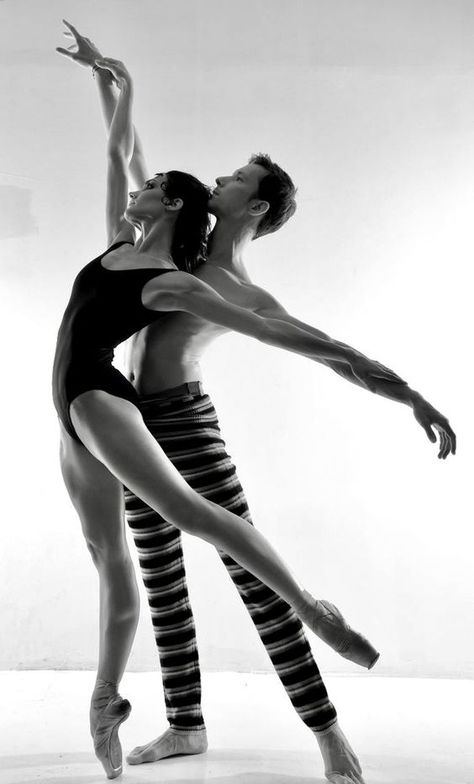
At any time, if something feels painful to execute, ask your instructor for safety tips or find an alternative move altogether.
5. Familiarize yourself with Ballet, Jazz, and other foundations
Since Contemporary draws from other styles, it won’t hurt to check out beginner Ballet classes or beginner Jazz dance classes as a supplement to your Contemporary training.
By learning basic moves from other styles, you’ll also understand more about how the Contemporary versions of those moves can differ.
A few essential moves that carry from style to style?
Ball ChangesPivot TurnsChassésPas de Bourrées3. Journal & improvise to hone your craft
When you perform a dance, it helps to recall a powerful memory that fits the choreography.
So, take the time to journal regularly, and put your own powerful experiences to paper, making them easier to recall.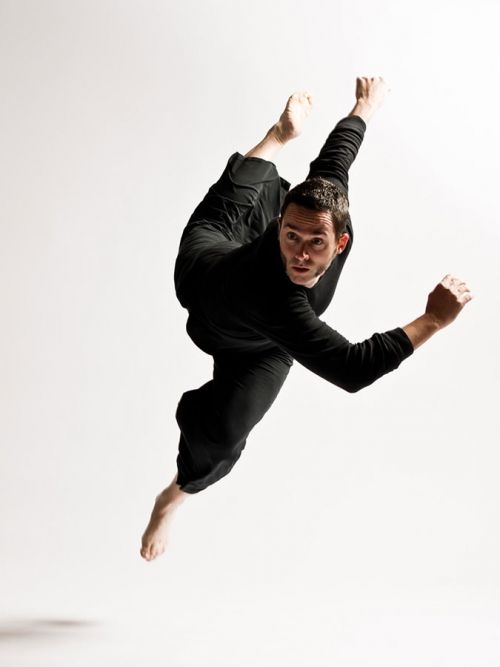
If you’ve never journaled before, try looking at an emotions wheel, selecting a feeling, and writing about a time you experienced it yourself.
As you write, don’t spare any details. Think of what you wore, how the room/space smelled, how your body felt… everything.
All of that color and context will help you later!
You can also try putting on a song that gets you in your feels, and imagining a fantasy situation that fits the music.
Then, improvise a dance where you’re the main character in that fantasy.
“Improv is a great way to explore how your body moves outside of structure, break habits, and discover new things.” – Karen Chuang, STEEZY Contemporary Instructor
--
We hope this article helped you feel comfortable and confident as you start your Contemporary dance journey!
Remember, your body already has an existing vocabulary of movements whether you’re trained in dance or not.
You know what it feels like to hug, punch, curl into a ball, reach for the top cabinet, collapse on the floor…
And Contemporary dance is just an exaggeration of those familiar movements set to music!
Everything you need already exists within you.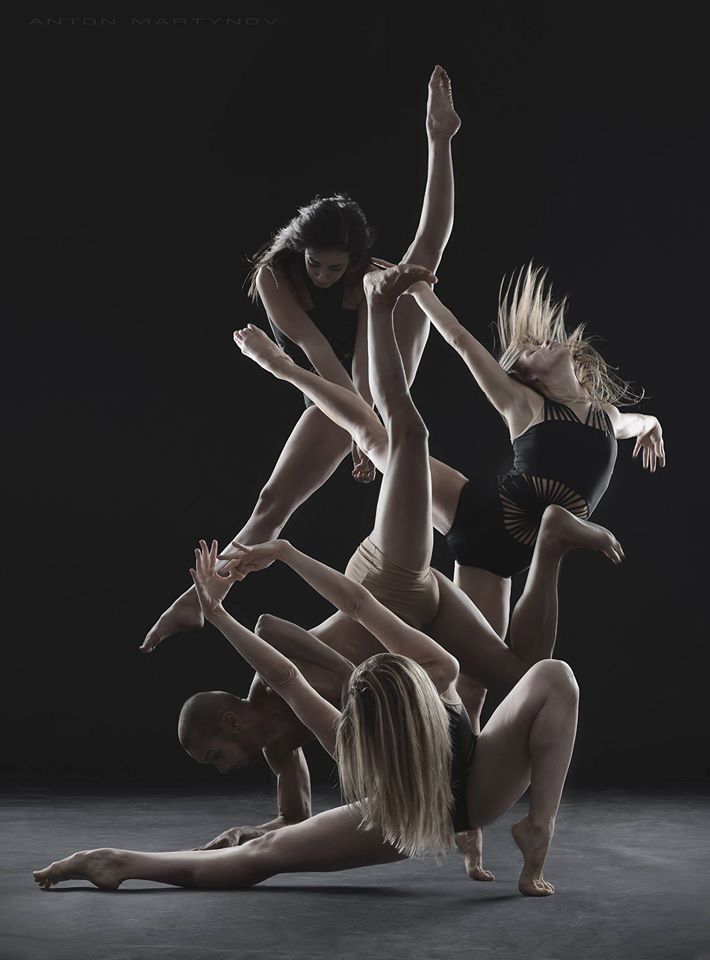 Now, all you have to do is start.
Now, all you have to do is start.
Ready to get moving?
Sign up for a free trial of STEEZY Studio and begin our “Intro to Contemporary” program for FREE.
Here’s what you’ll learn:
Modern dance - descriptions of style
Modern / Modern - the dance appeared as a kind of protest against ballet, against the fabulousness of its forms. For each representative of modern dance, it was not the main form, it was important to convey to the viewer a certain meaning, experience, emotions. The basic principles of modern dance: the rejection of the canons, the embodiment of new themes and plots with original dance-plastic means. modern, can be summarized as a concentration not only on the movements of the body, but also on the sensations that arise in the process of dancing, and on the state of mind. It is sometimes called the dance for the head, the philosophical dance.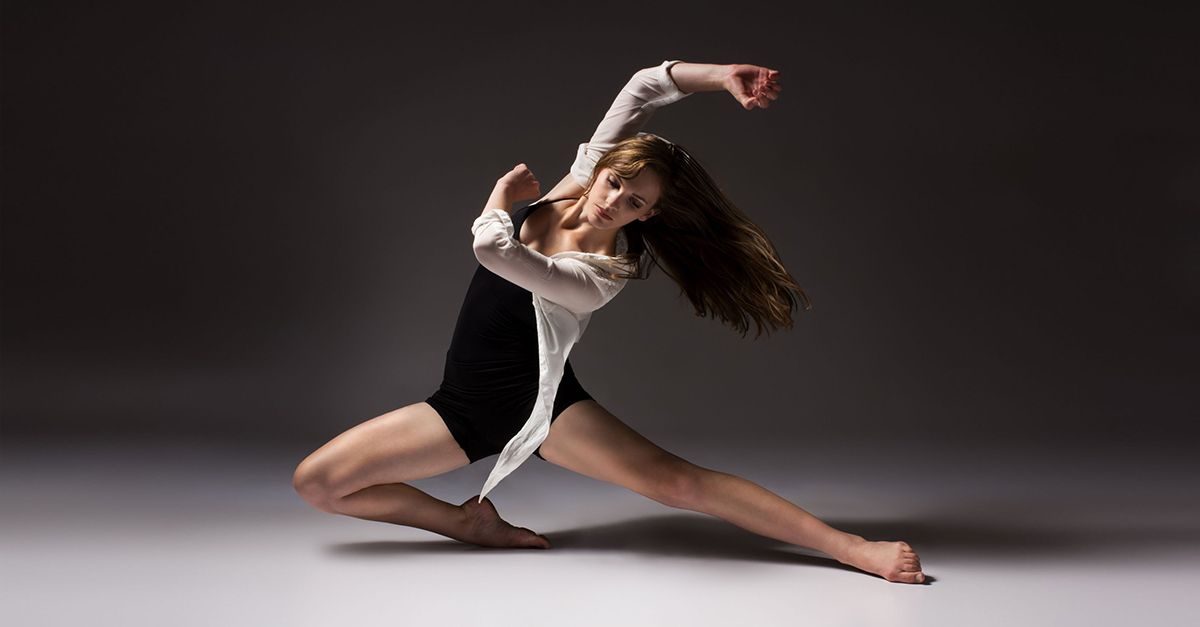 The goal of modernity is harmony in the body, in the soul and in the head, as well as between these three components. There are many movements that look relaxed, slow, sometimes yoga-like. On the basis of modern dance, all sorts of new techniques arise. For example, Afro-modern (ethnic version), trapeze dance or all kinds of mixtures of modern with stage movement, vocals, martial arts, pantomime. Modern accepts absolutely any sound design. Modern is not just a technique, it is a worldview. nine0005
The goal of modernity is harmony in the body, in the soul and in the head, as well as between these three components. There are many movements that look relaxed, slow, sometimes yoga-like. On the basis of modern dance, all sorts of new techniques arise. For example, Afro-modern (ethnic version), trapeze dance or all kinds of mixtures of modern with stage movement, vocals, martial arts, pantomime. Modern accepts absolutely any sound design. Modern is not just a technique, it is a worldview. nine0005
THIS STYLE IS TEACHED
MDC NRG, dance school
Moscow, st. Baltiyskaya, 9
+7 (985) 779 58 68, +7 (915) 109 98 89
495) 109 05 05
54 Dance Studio
Moscow, st. Polkovaya, 3 bld.9) 551 56 32, +7 (499) 551 56 46
Akademia, self-expression club
Moscow, Protopopovsky pereulok, 17k5,
+7(985) 368-55-71
DancEmotion 9.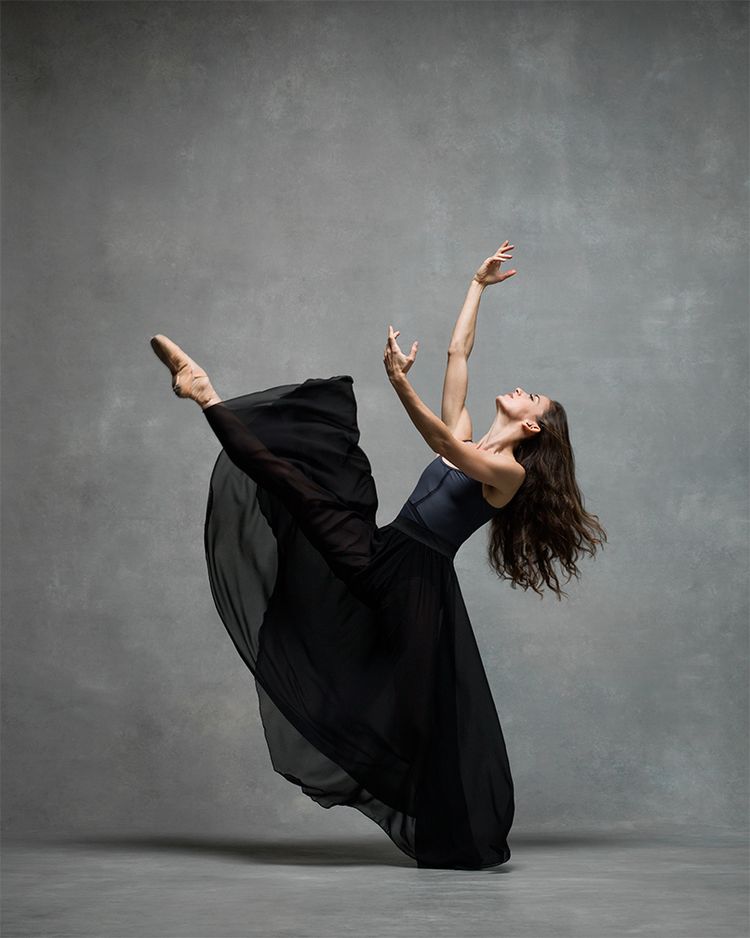 00 Moscow
00 Moscow
+7 (495) 178-03-98
Related news
19 October
Sample number 5. Contemporary Dance Festival celebrates its 9th anniversary0005
Dance.ru
04 October
THE STORY OF ONE ROOM: A PERFORMANCE OUT OF TIME AND SPATIAL CONTEXT
Dance.ru
20 September
Where fiction borders on truth: an interview with the choreographer of “The Story of a Room” Artem Ignatiev
Dance.ru
26 September
Two hours in one breath: the premiere of the play "Breath of Memory" took place in Moscow
Dance.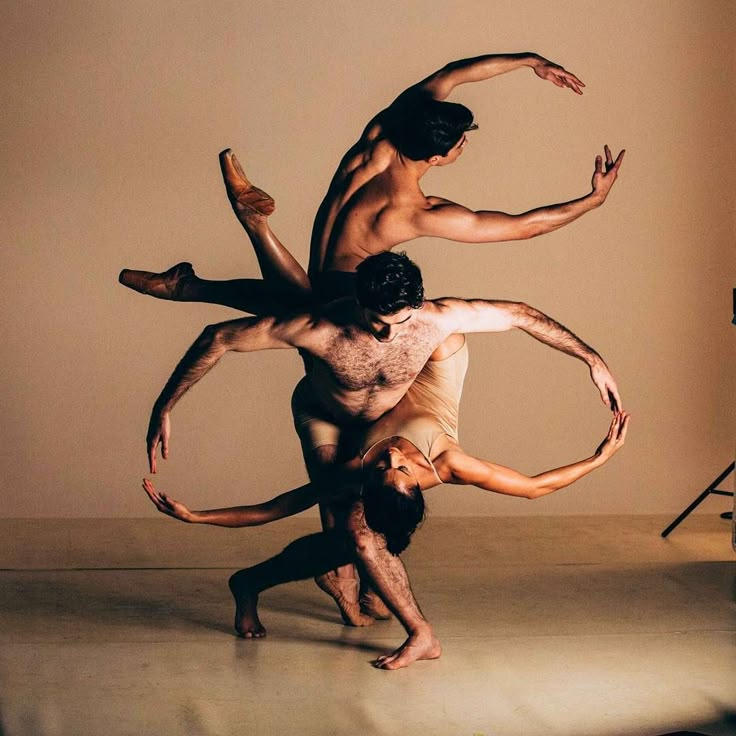 ru
ru
08 November
Scottish Ballet finds elements of racism in The Nutcracker
Dance.ru
15 September
nine0002 Dance Open: 5 highlights of the anniversary festivalDance.ru
13 September
4 films about dance: a unique opportunity to see on the big screen
Dance.ru
nine0002 06 SeptemberBlackpool Dance Festival: how Russian dance duets performed
Dance.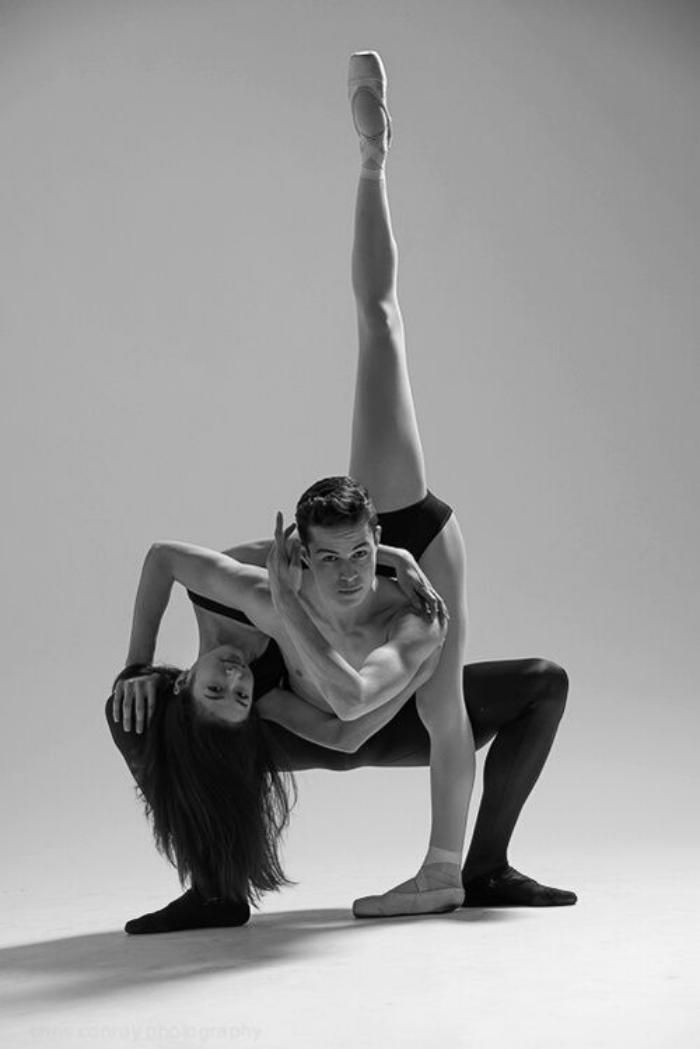 ru
ru
18 August
Open Look: what to see at the long-awaited festival of modern dance
Dance.ru
Registration
for competitions
and festivals
Nizhny Christmas Cup 2023
01/08/2023 - 01/08/2023
MASKT Championship Best of the Best International Latin
01/08/2023 - 01/08/2023
Nizhny Christmas Cup Professional Competitions
01/08/2023 - 01/08/2023
Winter Ball 2023
18.02.2023 - 19.02.2023
Dancing schools
Visions, Dance and Fitness School
New York Dance Studio
MDC NRG, Dance School
All for dancing
Grishko
Zumbastore.ru
Description of dance styles modern, jazz and modern jazz
Jazz dance is the oldest type of choreography from the whole list.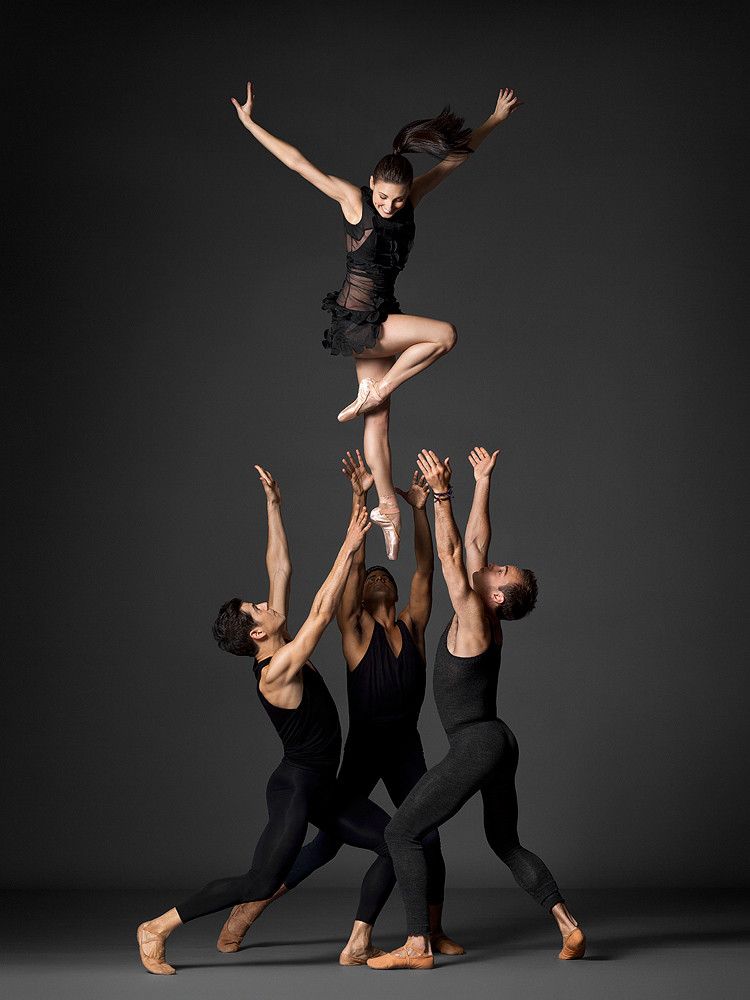 They dance it, as you might guess, to jazz music or music with such motives. Jazz dance arose later than music in this style, in order to make it more convenient to move in jazz, they came up with special shoes, which they called jazz shoes, both the male and female versions of these shoes do not differ at all, since percussion is quite common in jazz, flasks, step, the shoes have a small wide heel. Once upon a time, this dance could be found in public catering establishments with live jazz music, where everyone could dance jazz for their own pleasure, at that time the dance did not have any name, only then it was given wide meaning and introduced to styles and varieties of choreography. Oddly enough, jazz takes its origin from Africa. Of course, today it is already difficult to recognize that old, original jazz in today's jazz, by the way, sometimes jazz was performed in pairs, but this trend has not been preserved, today jazz is performed solo or in groups, but by no means in pairs. If once jazz dance was performed on the parquet, low, almost without taking off the legs, then in today's jazz ballets we can find: high batmans (leg throws), many technical turns and even acrobatic elements.
They dance it, as you might guess, to jazz music or music with such motives. Jazz dance arose later than music in this style, in order to make it more convenient to move in jazz, they came up with special shoes, which they called jazz shoes, both the male and female versions of these shoes do not differ at all, since percussion is quite common in jazz, flasks, step, the shoes have a small wide heel. Once upon a time, this dance could be found in public catering establishments with live jazz music, where everyone could dance jazz for their own pleasure, at that time the dance did not have any name, only then it was given wide meaning and introduced to styles and varieties of choreography. Oddly enough, jazz takes its origin from Africa. Of course, today it is already difficult to recognize that old, original jazz in today's jazz, by the way, sometimes jazz was performed in pairs, but this trend has not been preserved, today jazz is performed solo or in groups, but by no means in pairs. If once jazz dance was performed on the parquet, low, almost without taking off the legs, then in today's jazz ballets we can find: high batmans (leg throws), many technical turns and even acrobatic elements.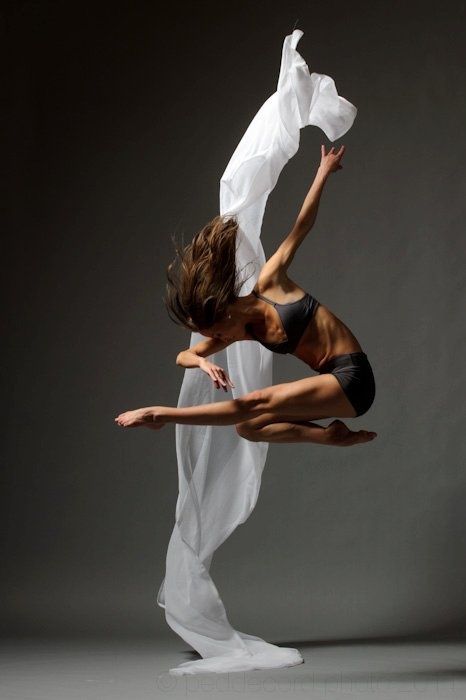 nine0005
nine0005
Modern dance is a type of choreography that arose thanks to classical choreography, the entire base of the modern dance style consists of a ballet base. The Art Nouveau style carries clear lines of arms and legs, all classical positions are performed in the same way as in ballet, only in some moments there are parallel and not deployed lines. As for the form of clothing and costumes, shoes in which modern dance is danced, there are no specific obligations here, modern loves lightness and simplicity, being as close to nature as possible, therefore, most often danced modern barefoot or in half shoes that cover only the toes . Musical accompaniment in modern is usually very concise and simple, it can be one musical motive from beginning to end, or vice versa with sharp unexpected transitions, it can also be vocal accompaniment without music or the sounds of nature, or the sounds of only one musical instrument. nine0005
Jazz modern, as you might guess, is a combination of two styles - jazz and modern, so it appeared a little later, the performance of this genre of dance is almost the same as modern, there is much less jazz in it.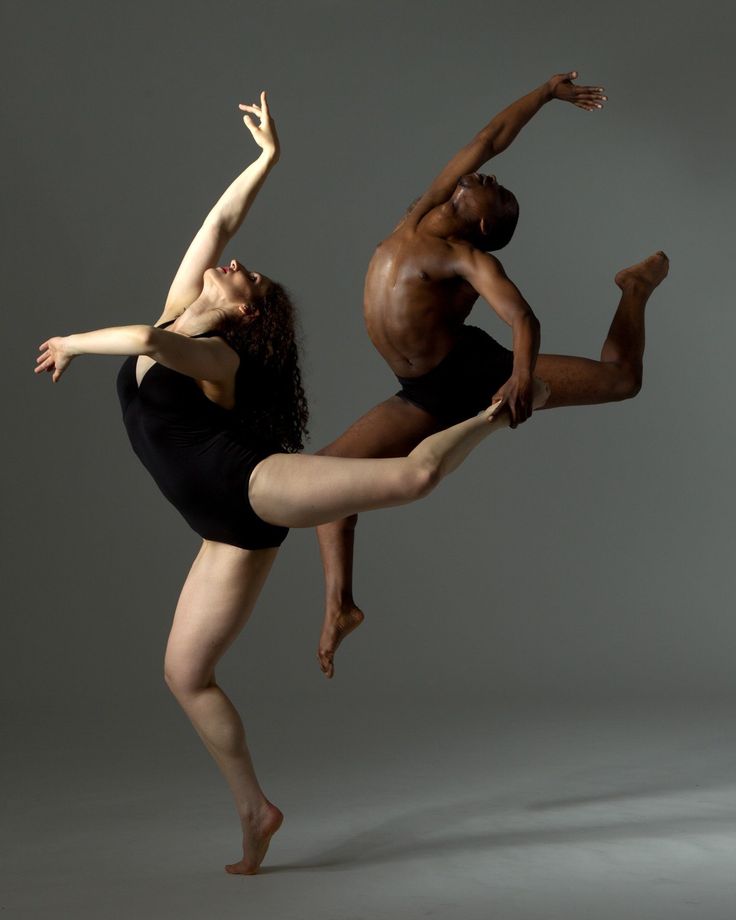
A dance school that has modern must have a part of the classical exercise in the lessons, and ideally, it would be a separate lesson for the classics, because only then can a dancer perfectly perform modern when he knows the basics of classical ballet. nine0005
What jazz modern is based on
In order for this style of choreography to look at its best, the dancers must have full control of their bodies, have good stretching, plasticity, jumping and coordination. Although modern jazz was reborn from ballet, it belongs to modern choreography, so improvisation also takes place here, as in all other modern street dances. In addition, the so-called jazz ballets or jazz modern ballets began to exist, which in a fairly short time received no less popularity than classical ballets that have existed for several centuries. Jazz modern ballet is built in the same way as the classical one, which is familiar to us, on the storyline, often the modernized ballet is danced in its own way, the old classical ballets are already ready.
